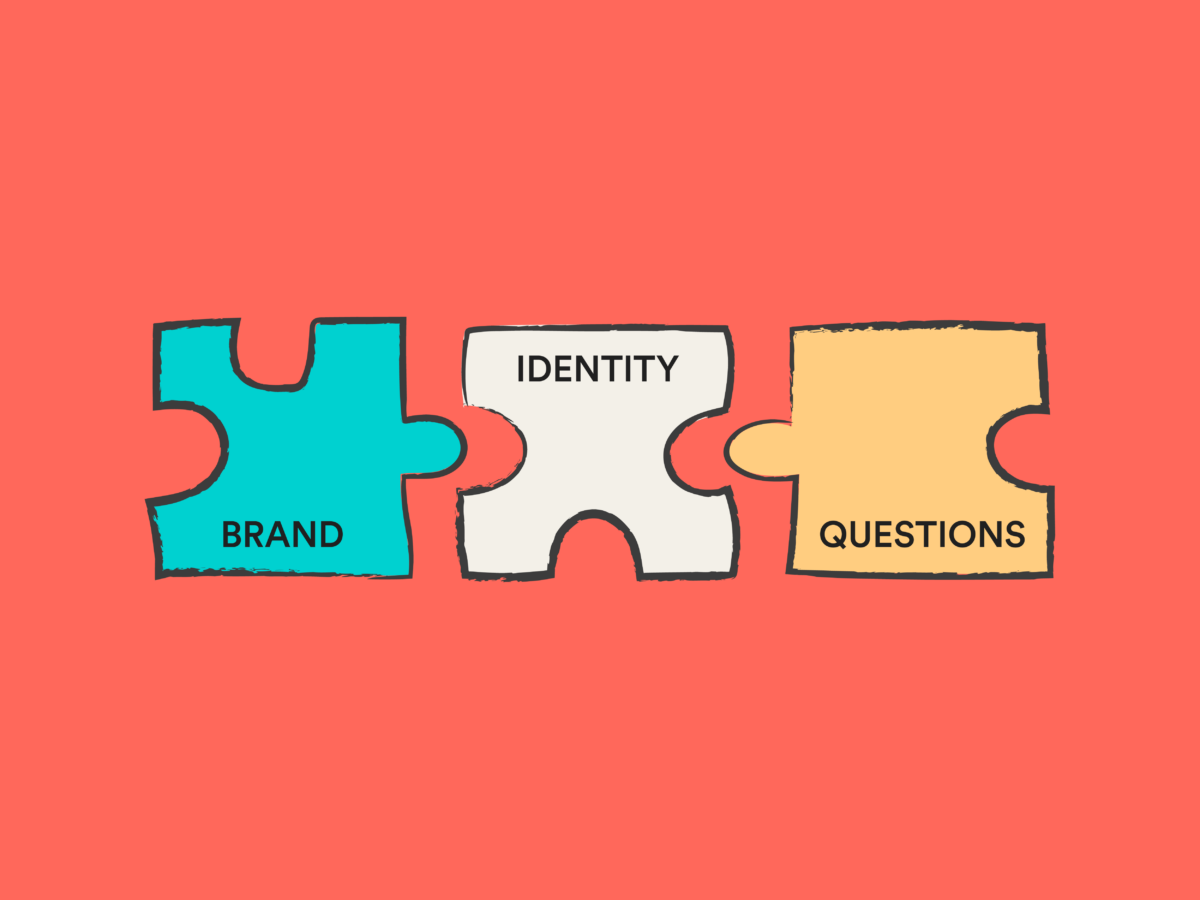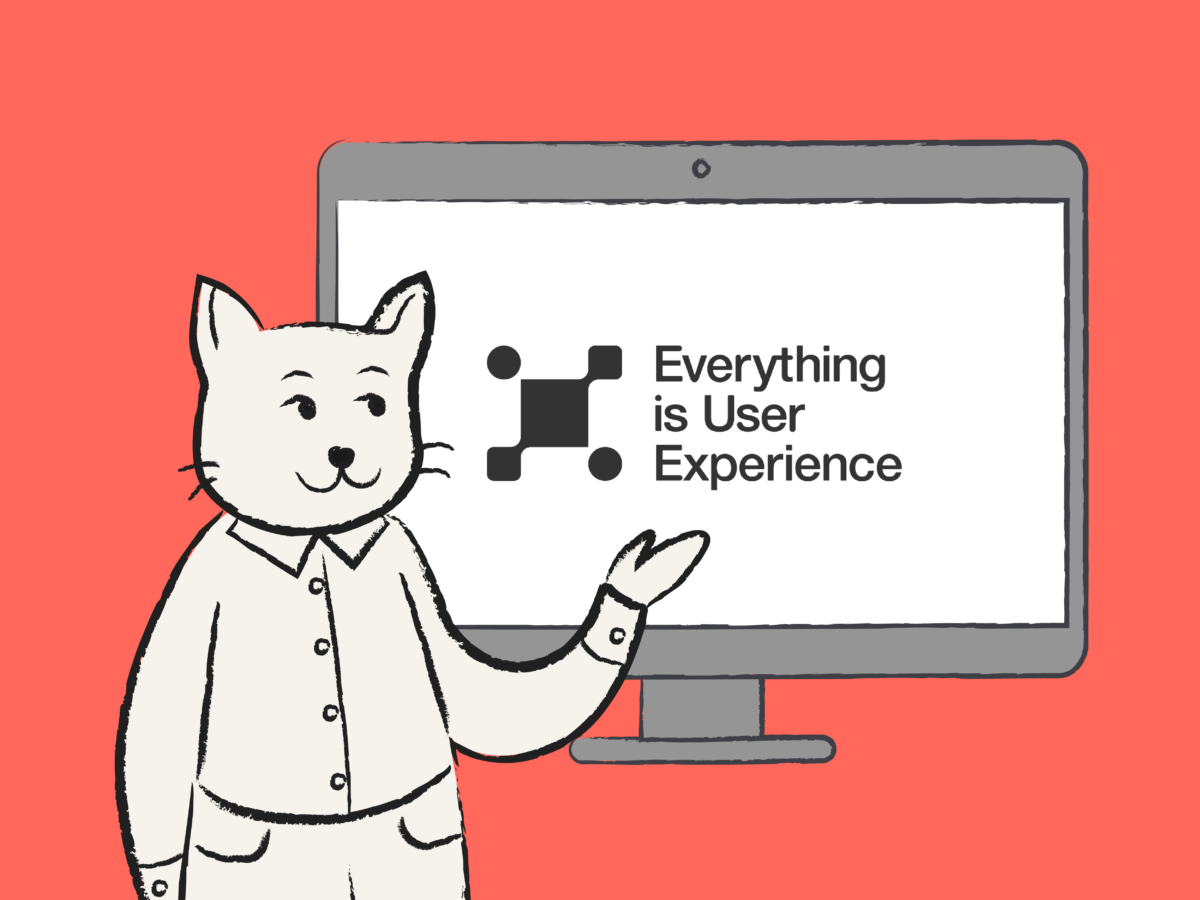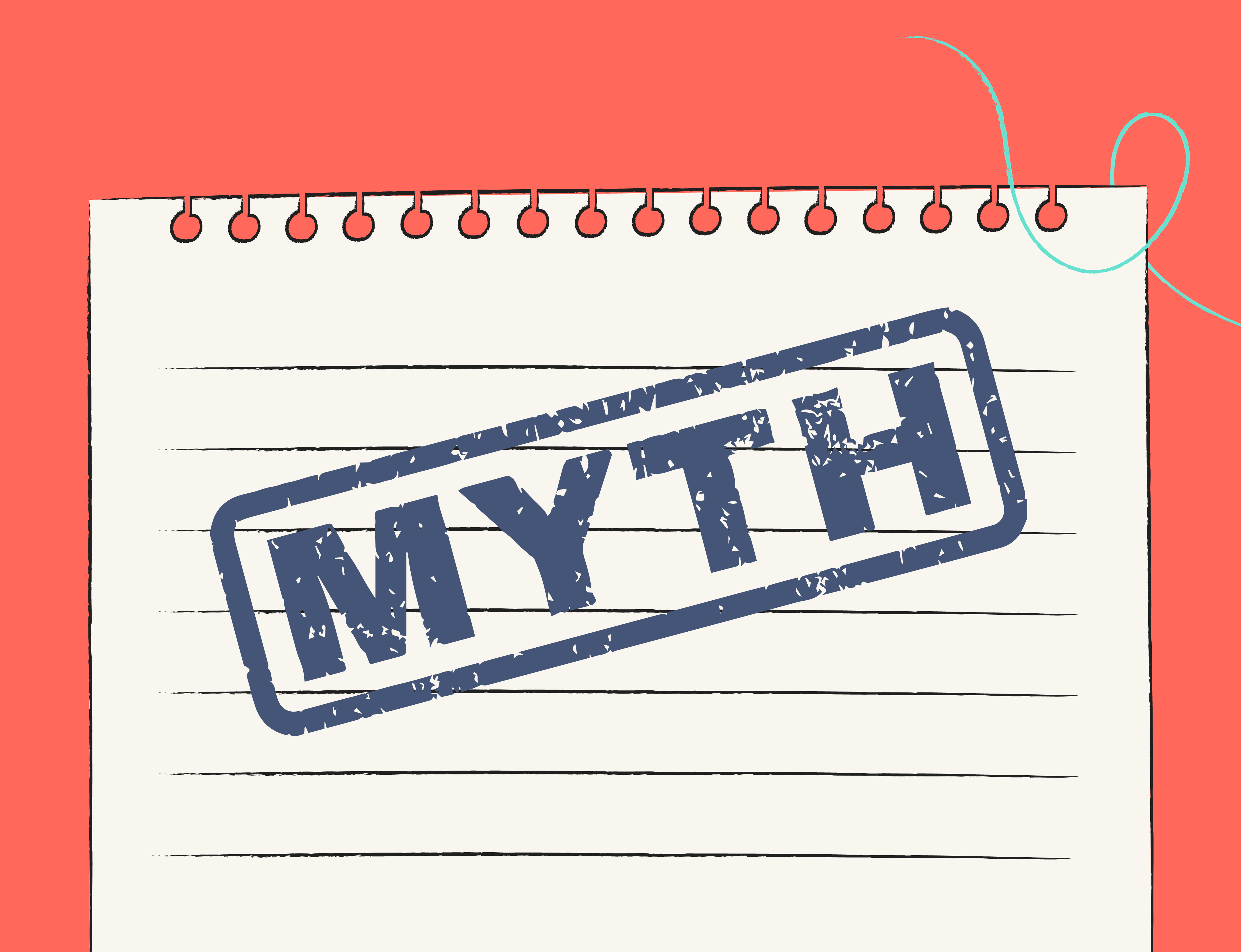When I ask what your favorite brand of skincare brand, sports equipment, or even fast food chain is, you’ll be able to tell me. And while a lot of that comes down to the quality of the product, a surprising amount is because of their strong brand identity.
The ability to recall specific brands is often due to their memorable visual elements, like their logo and color scheme. So, in order to reach your target audience and capture their attention, your company needs to convey your values, products, and objectives through your appearance.
If you haven’t paid much attention to this aspect of your marketing, it might be time to ask your team some brand identity questions. This will help focus your efforts and make them cohesive and memorable. Or maybe you have invested a lot of time and resources into creating your brand identity, but it’s not as effective as you would have hoped. Maybe it feels outdated or irrelevant? Ask your team these questions to get back on track.
But first, let’s cover the basics.
What is a brand identity?
Brand identity refers to the visual elements of a business. This includes:
- Brand name: The name by which a brand is known and recognized.
- Logo: A unique and visually appealing symbol or design that represents the brand. The logo often incorporates elements such as colors, typography, and imagery that convey the brand’s values and personality.
- Tagline: A short, memorable phrase or slogan that captures the essence of the brand and its positioning.
- Colors: Specific color palettes that are consistently used across various brand elements. These can evoke emotions and contribute to brand recognition. Think the iconic red of Coca-Cola, or the simple Black of Nike.
- Typography: The choice of fonts and typographic styles that are used consistently in brand communications. Typography can convey different tones and personalities.
- Visual elements: This includes imagery, icons, patterns, and other visual aspects that are associated with the brand and contribute to its visual identity.
- Tone of voice: The style and manner of communication used by the brand, including the language, vocabulary, and overall writing style. The tone of voice should align with the brand’s personality and target audience.
- Brand values and messaging: The core values, mission, and vision of the brand, as well as the messages and narratives it uses to communicate with its audience.
When these elements are combined and consistently applied across various brand touchpoints, they create a strong image that helps consumers recognize, remember, and form associations with the business.
This is one of the first things potential customers will notice and make a decision based on. Every industry is saturated with competition, and people haven’t got the time to research the best business for them. For this reason, your visual elements need to help customers make quick decisions and opt for your product.
Do you need one?
So, the key question is, do you need one? In order for your company to attract potential customers and become recognizable, you need a cohesive overall image. It will help people understand what your business does, your values, and your priorities instantly, rather than having to search directly to find out.
Think about some successful companies. One thing that they all have in common is a strong brand image. Think about Nike. I’m sure the infamous tick logo comes to mind, and possibly even their tagline ‘Just Do It’. Ultimately, the goal is to stick in people’s memory for the right reasons.
Without a brand strategy, this will prove difficult. If the competition is nailing their brand perception, how are you going to stand out? To really get to know your business and what it stands for, start off by asking the right questions.

6 Essential brand identity questions
It’s becoming clear that forming a solid brand identity is essential for companies, not only to generate leads and encourage conversions, but also to nurture customer loyalty. So where do you start?
Figuring out your company’s brand story should kickstart your strategy. To do this, you’ll need to ask your business a set of questions that you have compiled to determine your brand message. By answering these as a team, you’ll begin to understand how to form your identity. Without further ado, let’s look at the best questions to ask.
1. What is your unique value proposition?
This is a statement that clearly defines what your company can offer customers. It needs to clarify how your value is unique and not replicated by your competitors. In other words, what sets you apart?
Once your business understands this clearly, and you’ve got a well-written statement to help remind your team, you will be able to form a marketing strategy that conveys your message. This UVP will be at the heart of your identity, so it will help inform your logo, name, color scheme and more.
For example, if your UVP is your commitment to sustainability and environmental consideration, then it’s likely your logo will incorporate this. This means you’ll probably opt for natural colors like greens, blues and browns in your marketing materials.
2. What is your brand’s personality?
This is a key question when it comes to content marketing because it will determine how your brand is perceived and how you communicate and interact with your customers. There are five main types of personality:
- Ruggedness
- Sincerity
- Competence
- Sophistication
- Excitement
Below, you can see a breakdown of the common traits associated with each of these personalities. Once you have decided which one suits your brand story the best and reflects your ideal customer, you will know the brand voice you should use and what kind of presence on social media is best.

3. What is your company mission statement?
This refers to a formal summary of the aims and values of your business. Within this, you can identify pain points that your company wishes to solve for your customers. It’s also important to set out your priorities, values, and objectives.
With this clearly in mind for the whole team, you will be able to make decisions that are consistently aligned with the heart of your company. A great example of this is the company Patagonia’s mission statement: “Build the best product, Cause no unnecessary harm, Use business to protect nature, Not bound by convention.”
This relatively short and succinct statement implies the following:
- Quality of the product is a high priority
- Being sustainable and environmentally conscious is essential
- The company will actively be involved in environmental protection and conservation
- They will push boundaries and always be innovative
This provides a lot of values that their customers may see in themselves and therefore will feel more aligned with the company. It also indicates their brand personality of Ruggedness with traits of Competence.

4. Can you picture your ideal customer?
All elements of your branding should be based on attracting your ideal customer. How can you do that if you’re not sure who it is? The following questions will help visualize your audience:
- What age is your audience?
- What is their average income?
- What do they do in their spare time?
- Do they have families?
- What careers are they likely to have?
- What gender do they identify as?
- Where are they likely to live?
You can also fill out a buyer persona template to encourage understanding even more details about your audience. Once you start to build a clear picture of the person you intend to reach, you can begin to make decisions based on what they would find most attractive. This can include the way to interact with your following.
If your audience is mostly an older demographic, then you may opt to focus on email marketing with a formal, polite tone. However, if you’re focusing on 18-25-year-olds, then having a fun, informal, and relaxed interaction style on social media might be your best bet.

5. What are your competitors doing?
Knowing your competitors’ brand image will help you figure out the most successful way forward. Are the majority of them startups with little brand awareness and homemade company logos? Or are you competing against corporations that employ 10 graphic designers and have a team dedicated to their branding project?
The likelihood is the latter, unfortunately. But don’t let the competition deter you from creating a great brand. Learn from them instead. By researching successful and unsuccessful companies in your industry and analyzing their company names, color schemes, logo design, and brand voice, you’ll know what your target market finds appealing.
This should also involve social media. Examine how they are interacting with existing customers and prospective customers. Some companies base their brand awareness on having a somewhat controversial or strong social media presence.
Play the full clip 😉 https://t.co/poYzfY4eVl
— Wendy’s (@Wendys) April 12, 2023
6. Why are you rebranding?
It’s important to acknowledge previous failures and successes. Are you a completely new brand starting from scratch? Or is your current brand not reaching your target customers? Either way, you need to learn from your mistakes. Ask your marketing team exactly why they think the company needs a rebrand. This way, you can identify what needs to change and what you need to prioritize.
Another important element of finding out these answers is to ask your audience using a branding questionnaire. This refers to a compiled list of questions in a survey form that is sent out to your ideal target demographic and your current customers (if you have any). It’s a way of eliminating guesswork and finding out exactly what people want from your brand.
You may realize that your existing brand is actually working well. If this is the case, it’s important not to rebrand for the sake of it. It’s tempting sometimes to keep up with the constantly changing trends, especially on social media. But in the long term, you’ll build up a more loyal customer base by remaining consistent and trustworthy.
Ready to start answering?
There are hundreds of questions that will shed light on your business’s unique selling point and urge your brand identity in the right direction. However, these 6 are a fantastic place to start. Each one of these questions will throw up more areas of interest and development. Remember, you can never have too much detail. The more you know and understand about the company, the easier it will be to convey this in your marketing.
Once you work through this process, why not create a document that outlines and explains your answers so you can share it with the whole team? It’s important that all of your employees understand your brand’s mission, as it will ensure your work is consistent with your values.
You’ve now got the building blocks to kickstart your ultimate rebrand, so it’s time to create an unforgettable business that’ll soon become a household name. We look forward to seeing it!










